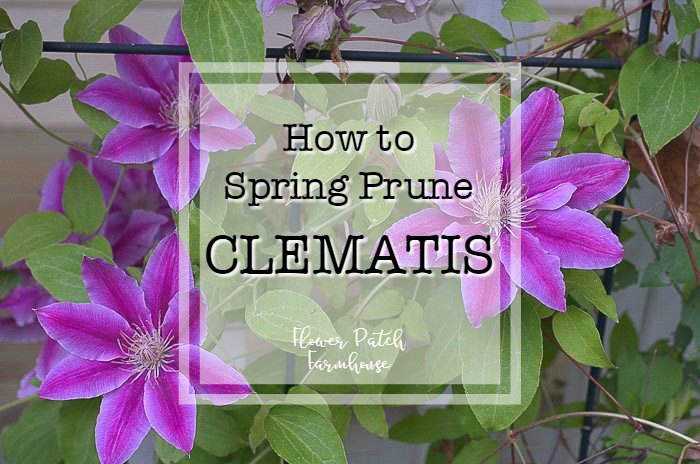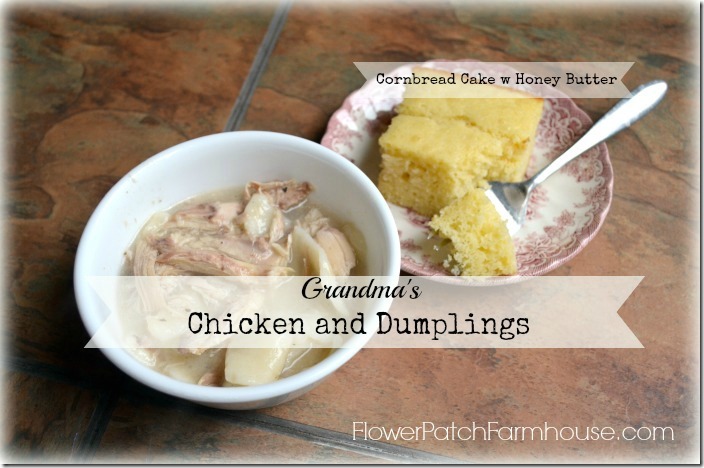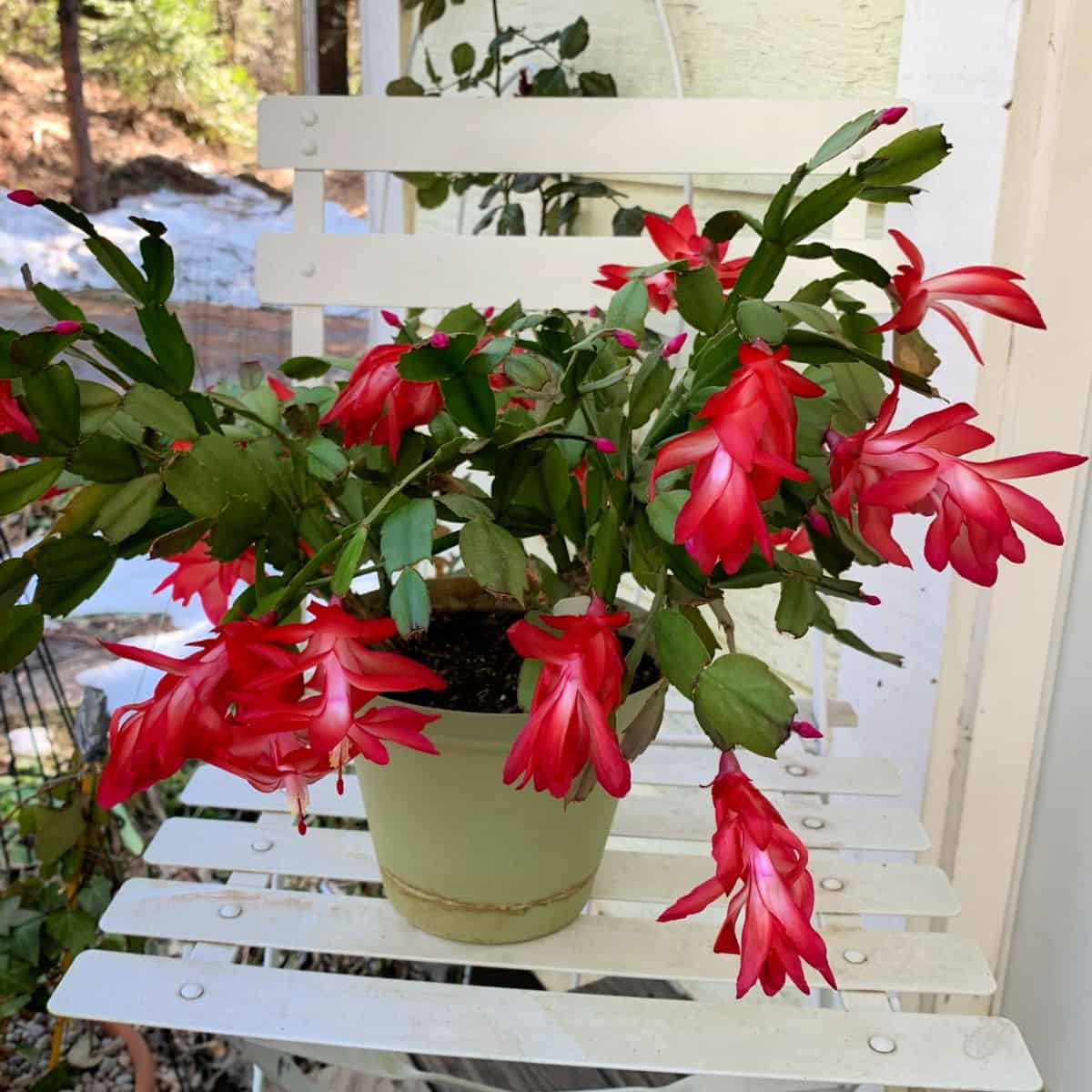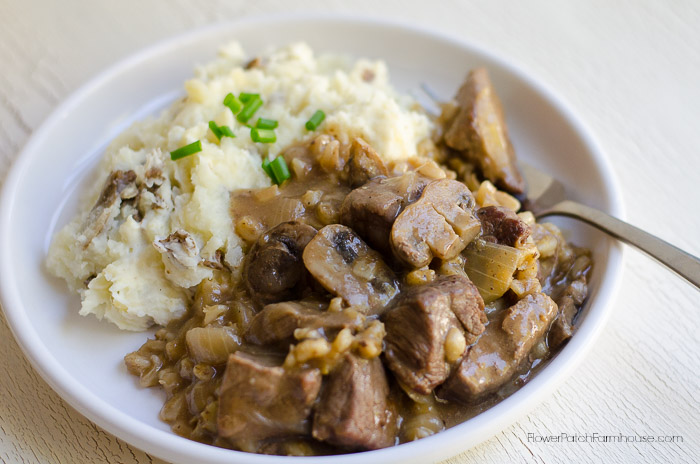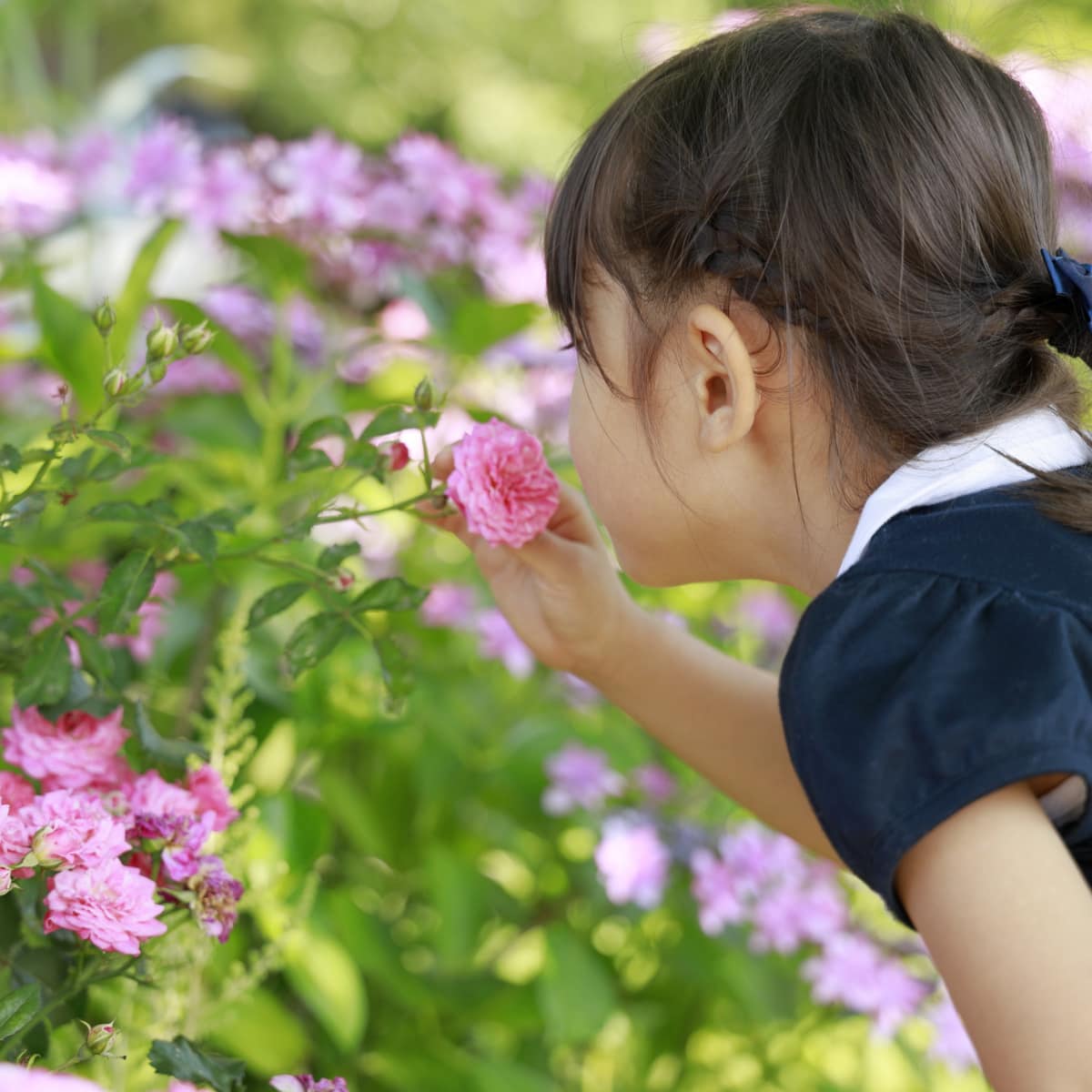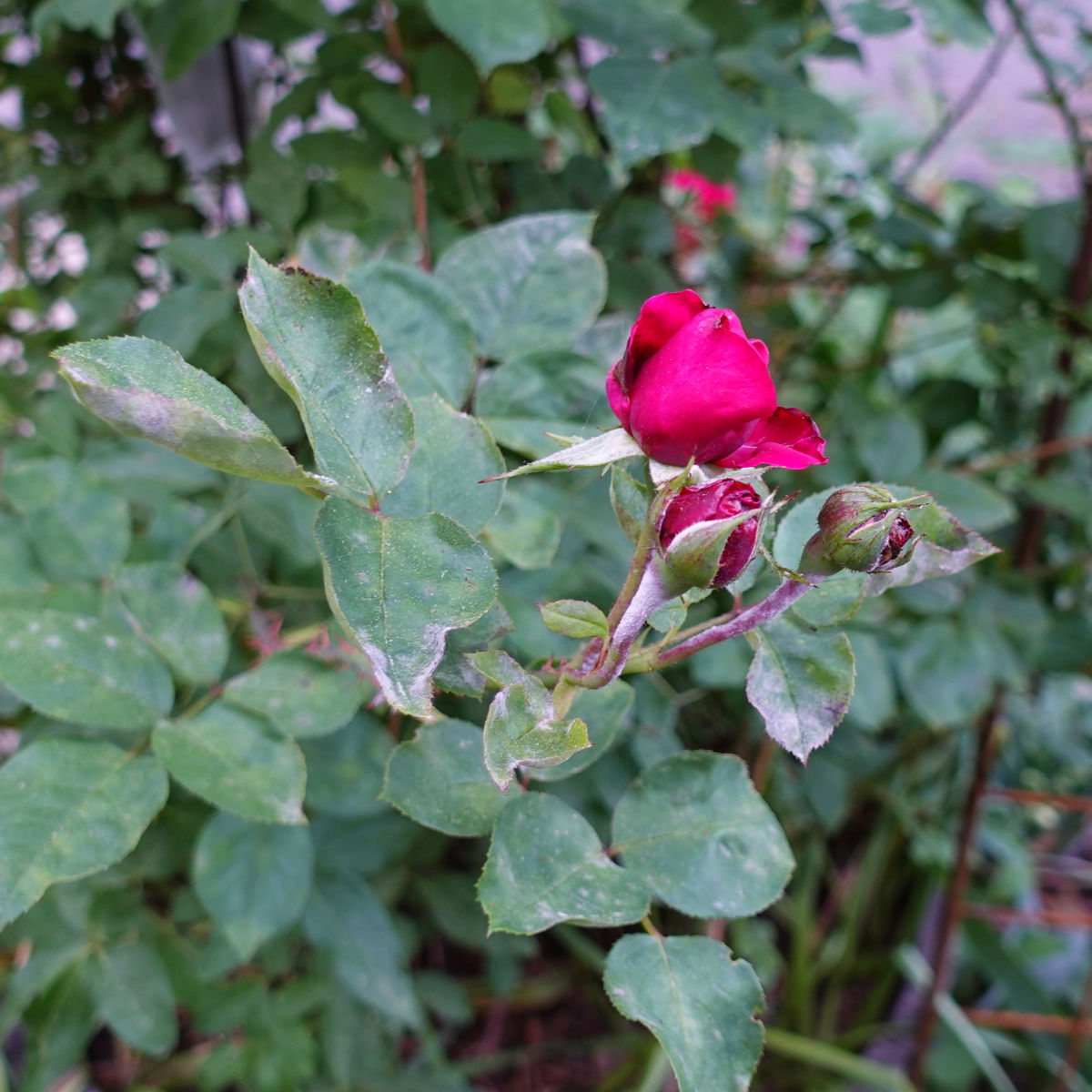Milkweed
“Saving the Monarchs: The Power of Native Milkweed in Your Garden”
Milkweed (Asclepias), a group of flowering plants in the family Apocynaceae, is an essential species for the survival of monarch butterflies.
Monarch butterflies are known for their long-distance migration from Canada to Mexico, and they rely on Asclepias plants as the sole food source for their caterpillars.
Many overwinter along the California coast as well and you can visit the Monarch Grove Sanctuary to see them from October through March.
Sadly, the widespread use of herbicides and the conversion of natural habitats into agricultural lands and urbanization have led to a decline in milkweed populations, which has resulted in a significant decrease in the number of monarch butterflies.
I am so happy that in recent years there has been a growing awareness of the importance of planting native milkweed in our gardens, parks, and other open spaces.
By planting native milkweed, we all can help restore the habitat for monarch butterflies and other pollinators, while also promoting biodiversity and a healthy ecosystem.
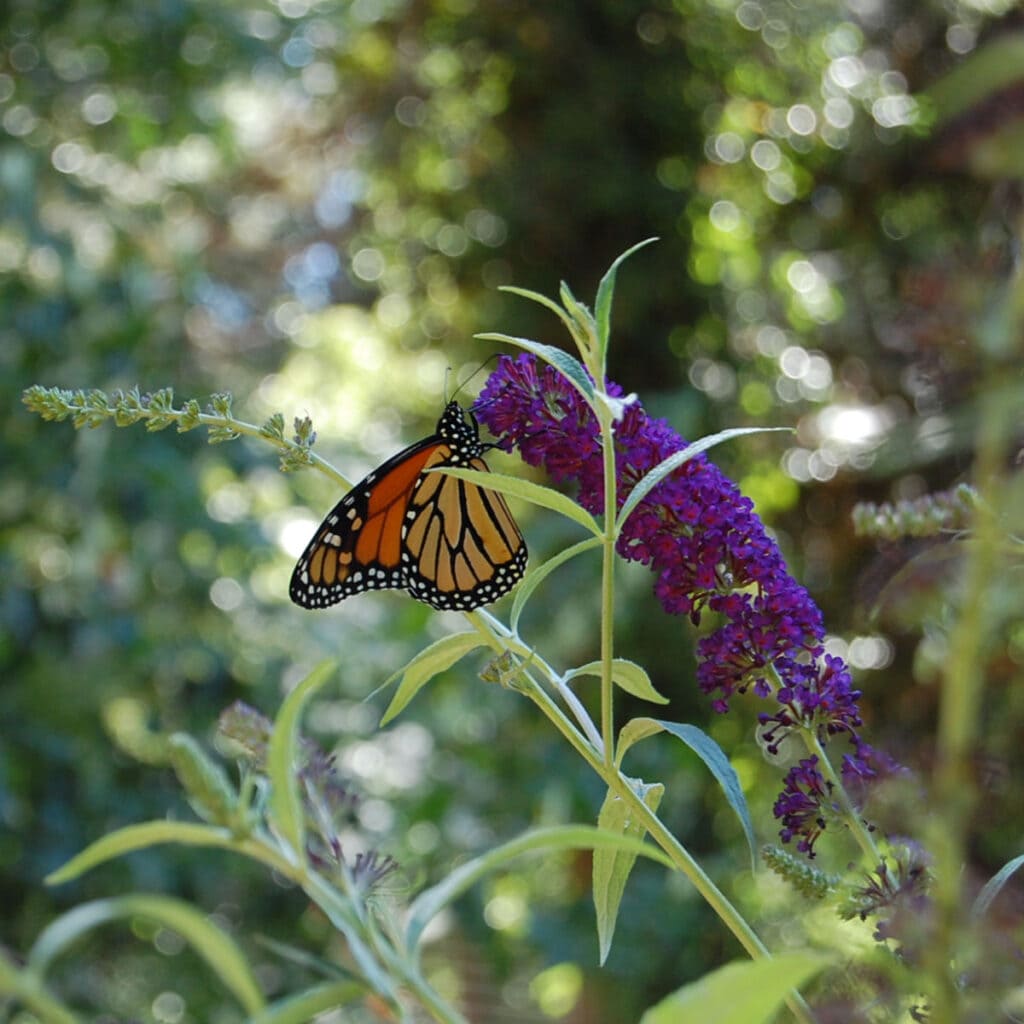
This post contains affiliate links. If you make a purchase after clicking a link I may make a small commission at no cost to you.
The Importance of Asclepias for Monarch Butterflies
Milkweed is a crucial plant for the survival of monarch butterflies. Don’t let the word weed in the name scare you.
Monarch butterflies lay their eggs on the underside of milkweed leaves, and the caterpillars that hatch from these eggs feed solely on milkweed plants.
The milkweed plant contains toxins that are harmless to the caterpillars but make the caterpillars taste terrible to predators.
The toxins that the caterpillars accumulate from the milkweed plant also provide protection for the adult butterfly.
The decline in milkweed populations has had a significant impact on the monarch butterfly population.
In the 1990s, the monarch butterfly population was estimated to be around one billion.
However, in recent years, the population has declined by over 80%, and now the number of monarch butterflies is estimated to be around 30 million.
One of the main reasons for this decline is the loss of milkweed habitat due to urbanization, agricultural expansion, and the use of herbicides and pesticides.
Even so-called organic pesticides can cause damage when used in the home garden!
I used to see so many Monarchs in not only my garden but everywhere I went here in California.
But, I rarely see any now. In fact, a couple of years went by when I did not see any in my garden.
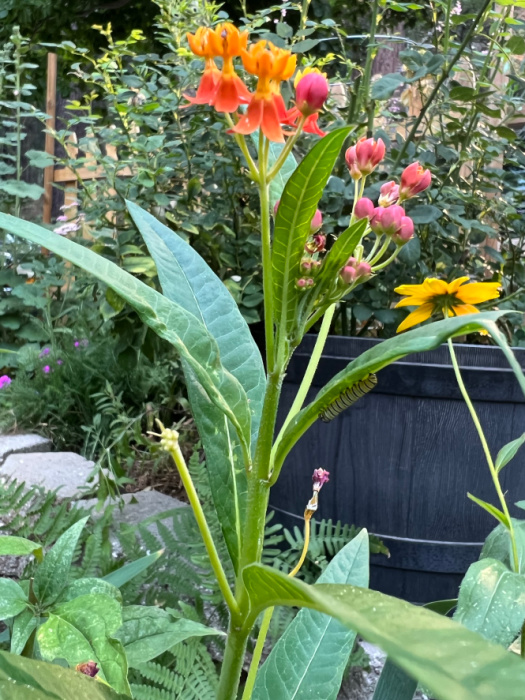
The Importance of Native
While there are over 100 species of milkweed, not all of them are suitable for monarch butterflies.
In fact, some non-native milkweed species can be harmful to monarchs.
For example, tropical milkweed, a non-native species that is commonly sold in nurseries, can harbor a parasite that can be fatal to monarch caterpillars.
(Note: I have been reading up on the tropical milkweed and it seems they are finding out that if it is cut down yearly and allowed to grow back rather than just letting it overwinter that the parasite problem is eliminated but more research needs to be done)
To ensure that we are providing the best habitat for monarch butterflies, it is important to plant native milkweed species.
Native milkweed species are adapted to your local environment and provide the necessary habitat for monarch butterflies to thrive.
Native milkweed species also support a diverse range of pollinators, which is critical for maintaining a healthy ecosystem.

Planting Native Milkweed in the Garden
Planting native milkweed in the garden is a great way for you to support monarch butterflies and other pollinators.
Here are some tips for planting and caring for native milkweed:
Choose the Right Species
There are several species of native milkweed that are suitable for planting in gardens.
Some popular species include common milkweed (Asclepias syriaca), butterfly weed (Asclepias tuberosa), showy milkweed, (Asclepias speciosa), and swamp milkweed (Asclepias incarnata).
Again, it can be important to choose a species that is native to your area to ensure that it is adapted to the local environment.
Plant in the Right Location
Milkweed prefers full sun and well-drained soil. Choose a location in your garden that receives at least six hours of direct sunlight per day.
Avoid planting in areas that are prone to flooding or have poor drainage.
Build Healthy Well Draining Soil
Good organic garden soil is key to having a lush and successful garden season after season. Whether you are trying to grow vegetables or flowers, soil health is important.
Prepare the Soil
If you have good garden soil you have been amending over time then you are good to go. If not, add compost or organic matter to improve soil fertility.
Plant the Seeds
Milkweed seeds can be planted directly in the garden in the spring or fall. Scatter the seeds on the soil surface and lightly cover with soil.
Water the seeds well, and keep the soil moist until the seeds germinate. Milkweed seeds can also be started indoors and transplanted into the garden when the weather warms up.
I have better success starting mine indoors, see more here on how.

Water and Care for the Plants
Water newly planted milkweed regularly to ensure that the soil stays moist. Once the plants are established, they are drought-tolerant and do not require frequent watering.
Milkweed plants can also benefit from a layer of organic mulch to help retain moisture and suppress weeds. Avoid using chemical fertilizers, as they can harm pollinators including the butterflies you are trying to attract.
If you keep your soil healthy, fertilizers are not necessary, read more here.
Control Pests and Diseases
Milkweed plants are generally healthy and resistant to pests and diseases. However, they can sometimes be affected by aphids or spider mites.
These pests can be controlled by spraying the plants with a solution of water and dish soap (let sit briefly then wash off with the spray of water and make sure you do it when there are NO monarch eggs on it).
You might think that introducing beneficial insects such as ladybugs or lacewings would be an option but sadly, they too will eat monarch eggs.
Last summer I noticed ants crawling up and down my milkweed plants and my caterpillars disappearing. Yep, ants will eat them too so protect your plants from ants.
I use a product called First Saturday Lime that I sprinkle around the base and it effectively deters the ants.
Leave the Plants Alone!
If you are planting milkweed specifically to support monarch butterflies, it is important to leave the plants for the caterpillars to feed on.
While it can be tempting to remove caterpillars to protect the plants, it is essential to remember that the caterpillars are the reason for planting the milkweed in the first place.
The last part may be a foolish thing to say but you might be surprised by some questions I have gotten about it and felt just putting it out there was needed.

Milkweed is an essential plant for the survival of monarch butterflies and other pollinators.
The loss of milkweed habitat due to urbanization, agricultural expansion, and the use of herbicides has led to a significant decline in the monarch butterfly population.
But we can help! Planting native milkweed in your garden is a great way to support monarch butterflies and promote biodiversity and a healthy ecosystem.
When you plant native milkweed, it is important to choose the right species for your area, plant in the right location, prepare the soil, plant the seeds or transplants, water and care for the plants, control pests and diseases, and make sure to let the caterpillars eat the plant!
By following these tips, you can help create a thriving habitat for monarch butterflies and other pollinators in your garden or other open spaces.

